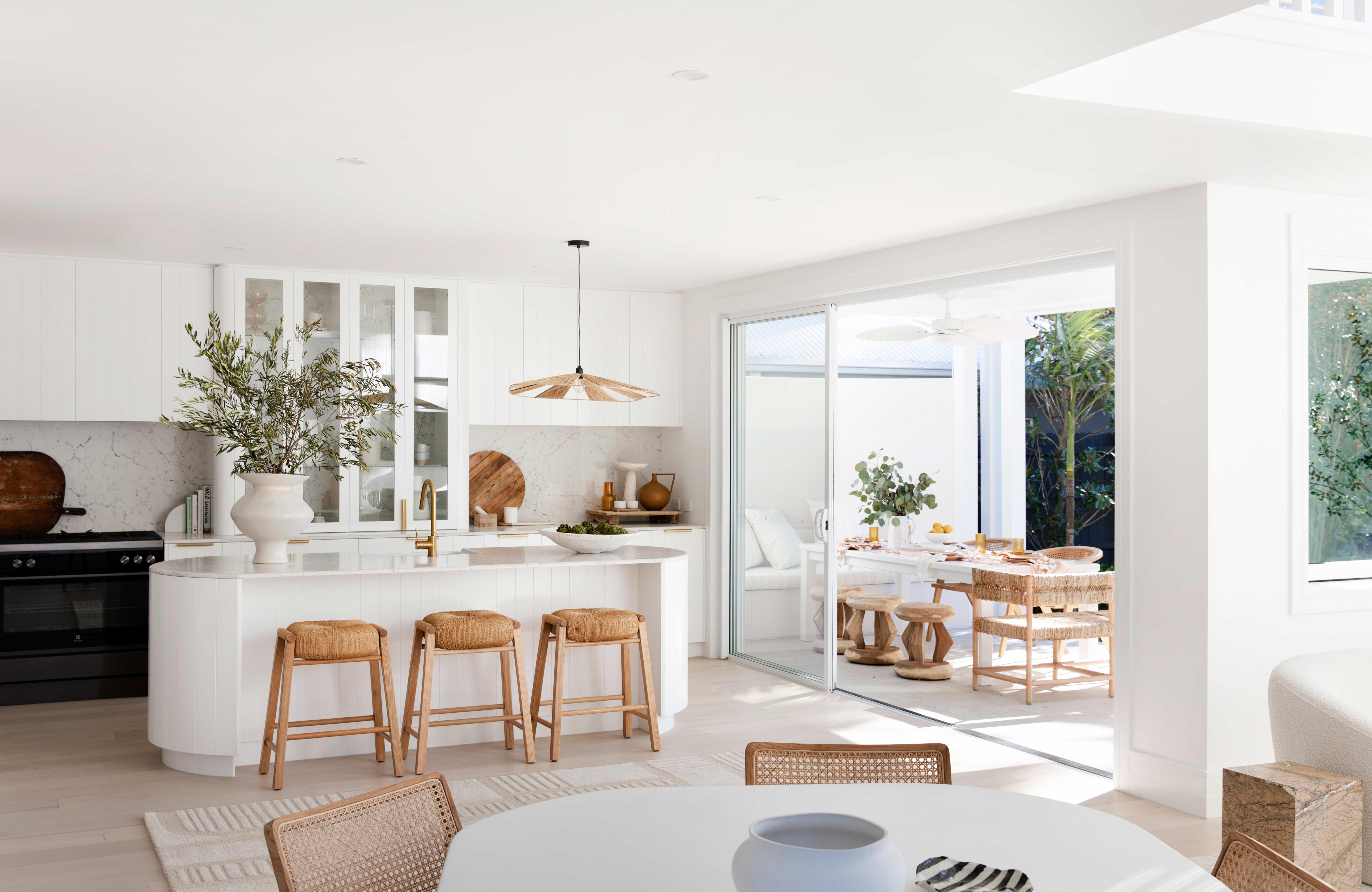Change Your Home With Essential Principles of Interior Decoration and Aesthetic Appeals
The art of changing your home via the essential principles of interior design and visual appeal needs a thoughtful method that balances color, equilibrium, and spatial awareness. By understanding the impact of shade concept and the value of appearance and patterns, one can develop rooms that are not just aesthetically attractive however likewise deeply personal. Achieving this stability entails greater than simple design; it includes a tactical arrangement and an eager understanding of just how each aspect engages within an area. As we explore these fundamental principles, think about exactly how they might redefine your understanding of home and individual expression.
Comprehending Color Theory
Recognizing the principles of shade concept allows designers to develop spaces that resonate psychologically with occupants while satisfying useful requirements. Each category plays a vital role in establishing harmony within a room.
The emotional impact of colors is extensive; cozy tones such as reds and oranges evoke energy and warmth, while trendy tones like blues and greens promote calmness and harmony. Moreover, making use of corresponding shades boosts visual rate of interest, developing striking contrasts that can boost a room's charm.
Neutral shades, on the various other hand, offer as a versatile backdrop, allowing other design elements to shine. It is important to think about aspects such as illumination and the space's function when choosing a color palette, as these can alter the perception of colors throughout the day.
Inevitably, a well-considered color pattern can change a space, cultivating a feeling of comfort and style that straightens with the citizens' preferences. Mastery of shade theory is, as a result, an essential skill for any type of indoor developer aiming to create harmonious and welcoming settings.
Accomplishing Balance in Design
Just how can developers accomplish a sense of equilibrium in their rooms? Accomplishing balance in design is basic to producing harmonious insides. Developers can use three key sorts of balance: balanced, unbalanced, and radial. Symmetrical equilibrium includes organizing components uniformly around a central factor, promoting a sense of order and harmony. This type often includes pairs of furnishings or artwork, boosting aesthetic stability.
Unbalanced balance, on the various other hand, relies on varying elements that still accomplish a cohesive look. This approach enables for even more dynamic and casual arrangements, giving interest while keeping equilibrium. By meticulously choosing differing sizes, shades, and textures, developers can develop an aesthetically compelling room that really feels well balanced yet energetic.
Radial balance highlights a main focal factor with elements radiating outside. This design is typically seen in circular formats, where furnishings and decoration produce a cohesive surround that draws the eye internal.
Ultimately, accomplishing equilibrium calls for thoughtful consideration of scale, proportion, and the partnerships in between elements. Architecture Firm. By masterfully using these equilibrium concepts, designers can transform spaces into atmospheres that feel both visually pleasing and functionally unified, boosting the total experience for owners
Importance of Spatial Awareness

An eager feeling of spatial awareness allows designers to determine centerpieces within a space, leading the visitor's attention to key features while preserving a general sense of unity. It likewise helps in the calculated positioning of illumination, which can substantially affect the perception of space and mood. Understanding spatial connections allows the developer to provide to the details requirements of occupants, guaranteeing that each location offers its desired function without jeopardizing looks.
Eventually, spatial awareness is essential for taking full advantage of the capacity of any indoor area. By thoroughly considering the interaction between measurements, design, and function, developers resource can produce environments that not just satisfy practical needs but additionally evoke a sense of convenience and charm, enhancing the total living experience.
Integrating Texture and Patterns
Welcoming a diverse series of appearances and patterns can considerably enhance the aesthetic and tactile allure of an interior room. The tactical use different products-- such as timber, metal, textile, and stone-- develops depth and rate of interest, making a room really feel more inviting and vibrant. Incorporating smooth surfaces with rough appearances can develop a balance that attracts the eye and involves the senses.
When integrating patterns, consider both scale and rep. Large patterns can work as centerpieces, while smaller, refined layouts can complement other components without frustrating the space. Layering patterns, such as pairing floral paddings with candy striped throws, adds complexity and a feeling of consistency if implemented thoughtfully.
It is likewise important to preserve a cohesive color palette, guaranteeing that textures and patterns interact instead than complete for interest. By choosing a few key textures and patterns, you can develop a linked visual that shows your personal design while boosting the general atmosphere of the room. Ultimately, the mindful unification of these aspects can transform an ordinary room into a sophisticated environment abundant with character and warmth.
Individualizing Your Area
Producing a space that reflects your individuality is crucial to accomplishing a truly welcoming atmosphere. Personalization in interior decoration permits you to instill your distinct design and rate of interests into your home, changing it from a mere sanctuary into a sanctuary that speaks with who you are. Begin by picking a blog here color scheme that resonates with your feelings-- strong shades can invigorate, while soft tones use serenity.
Include artwork and style that show your interests, browse this site whether it be travel, nature, or abstract principles. Showing individual collections, such as books, photos, or souvenirs, can evoke valued memories and create prime focus within a room. Furthermore, consider personalizing useful pieces, like upholstered furnishings, to straighten with your aesthetic choices.

Conclusion
Finally, the makeover of a home through the necessary concepts of interior style and aesthetics requires a detailed understanding of shade theory, balance, spatial understanding, appearance, and customization. Each element contributes substantially to developing an unified and useful living environment - Architecture Firm. By attentively incorporating these principles, individuals can enhance the visual appeal and emotional resonance of their spaces, inevitably cultivating a home that mirrors unique identities while providing comfort and practicality